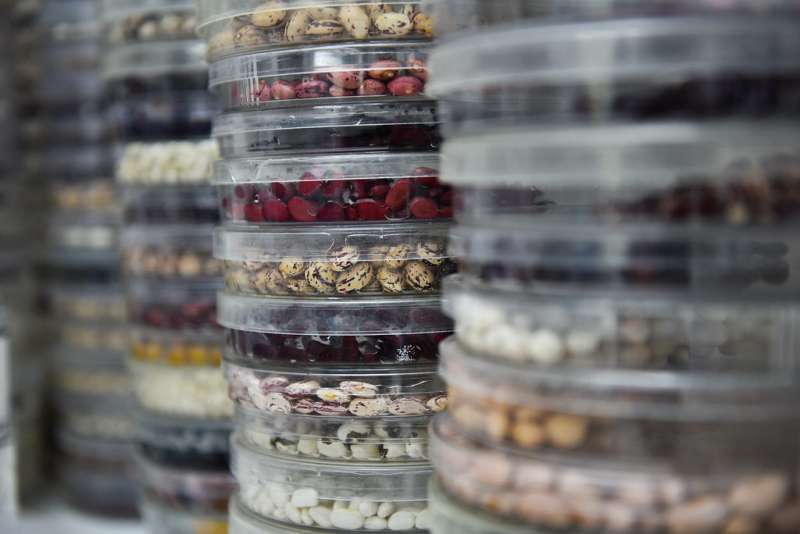Convention on Biological Diversity adopts indicator to track conservation of useful plants

The Biodiversity Indicators Partnership officially adopted in July a new indicator to track progress on the conservation of thousands of economically and culturally important plants. Developed by the International Center for Tropical Agriculture and the Crop Trust, the indicator helps rate progress toward the Convention on Biological Diversity (CBD), Aichi Biodiversity Target 13, which includes maintaining the genetic diversity of cultivated plants, their wild relatives, and other socioeconomically and culturally valuable flora. The metric is also listed as a relevant indicator for Sustainable Development Goal 2.5. But based on the very low average score for the plants in the index—about 3 out of 100—the indicator shows that much work remains to be done to achieve the conservation target.
"The formal adoption of this indicator is exciting because the tool provides clear conservation status information about valuable plants, and metrics that decision makers can use to understand how close they are to meeting their targets," said Colin Khoury, a biodiversity specialist at the International Center for Tropical Agriculture (CIAT), a global research organization based in Colombia. "This tool will allow policymakers and conservationists across the globe to better understand which plants are in need of prioritization for conservation and also how countries and the planet as a whole are progressing in caring for them."
First published online by CIAT in 2018, the Useful Plants Indicator scores almost 7,000 useful wild plants from 220 countries on a scale of 1-100, with 100 meaning fully protected. Any plant rated 75 or higher is "sufficiently conserved." Low, medium and high priority for conservation is reflected by scores of 74-50, 49-25 and 24-0, respectively. The indicator equally weighs in situ plant conservation—in protected areas like national parks—and ex situ conservation, which covers plants safeguarded in gene banks, botanical gardens and other conservation repositories.
The indicator shows that a wide range of wild plants used for food, medicine, shelter, fuel, livestock forage and other valuable purposes are at risk. These include wild populations of firs used for Christmas trees, the original types of kitchen-cupboard staples like vanilla, chamomile, cacao and cinnamon, wild relatives of crops like coffee, and non-cultivated plants used by bees to make honey.
The research underlying the tool was published in 2018 in Ecological Indicators. For more information about the study, please refer to the press release here.
The CBD was signed by 150 government leaders at the 1992 Rio Earth Summit and is dedicated to the conservation and sustainable use of biological diversity. The indicator forms part of the Biodiversity Indicators Partnership (BIP), which is a global initiative to promote the development and use of CBD, SDG, and other indicators to measure biodiversity. More information on the adoption of the indicator can be found at BIP's website here.
Provided by International Center for Tropical Agriculture (CIAT)




















